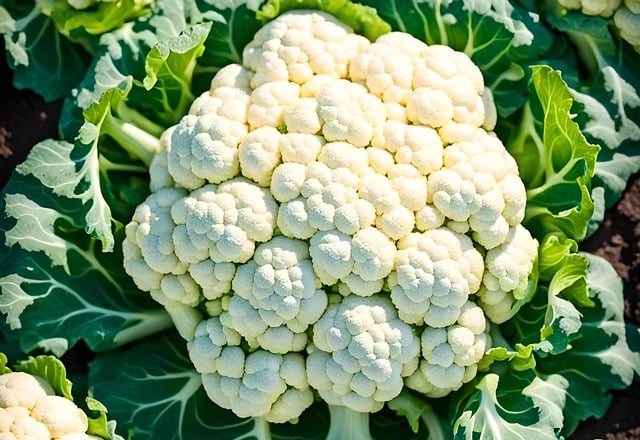I love the moment when I can harvest vegetables from my garden, especially when it’s cauliflower. This versatile veggie isn’t just a staple in kitchens for its versatility and taste, but it’s also packed with nutrients that make it a great addition to any meal. Whether it’s roasted, steamed, or mashed, cauliflower brings both health and flavor to the table. The best way to grow cauliflower!
Across the world, cauliflower has cemented its place on dinner plates, with its ability to blend into curries, gratins, and vegan alternatives that mimic textures of grains and meats. Its culinary potential is nearly limitless, making it a sought-after vegetable for home gardeners and chefs alike.
If you’ve ever considered having a go at growing your own vegetables, cauliflower should be at the top of your list. Not only does home-grown cauliflower taste fresher, but it also allows for a hands-on connection with your food. Moreover, cultivating cauliflower can be quite economical, giving you a bountiful harvest that might otherwise be pricey at the supermarket. In this article, I’ll guide you through the best ways to grow cauliflower, ensuring you can enjoy this delightful vegetable right from your backyard.
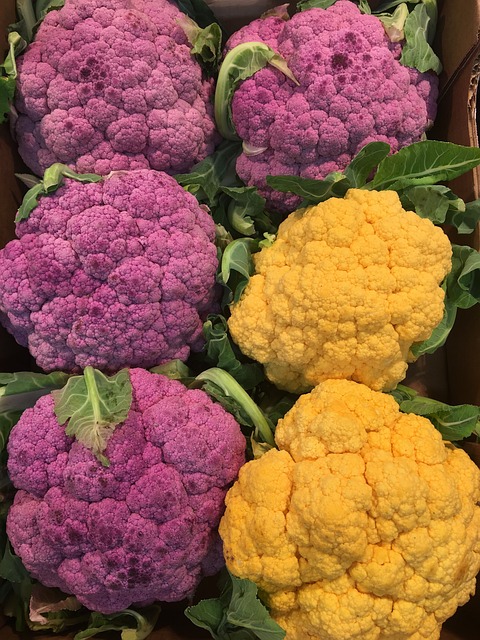
Head over here for my guides one how to grow
Selecting the Right Cauliflower Variety
I know the excitement of growing your own vegetables, and when it comes to cauliflower, the variety you choose is pivotal. The type of cauliflower you plant can affect everything from flavor to harvest time, and size to color. Not all cauliflowers are created equal; some are more tolerant to heat, while others might thrive in cooler climates.
Before choosing a variety, consider your local weather conditions. For example, ‘Snowball’ is a great option for cooler areas with its classic white curds and compact size, making it perfect for smaller gardens. If you live in a warmer region, ‘Cheddar’ might be better with its heat tolerance and eye-catching orange curds, which are also packed with vitamin A.
Thinking about when you’d like to harvest can also guide your variety selection. Early-season varieties mature quickly, making them ideal if you are short on growing season or simply eager to enjoy your produce. Meanwhile, late-season varieties give you the advantage of an extended harvest period through much of the fall.
Regardless of your choice, the key is sourcing high-quality seeds from reputable suppliers. Seeds that are non-GMO and organic ensure that you’re growing cauliflower that is not only pleasant to eat but also safe and environmentally friendly. A quick chat with your local garden center or an online search for specialized seed suppliers can lead you to the best choices for your garden.
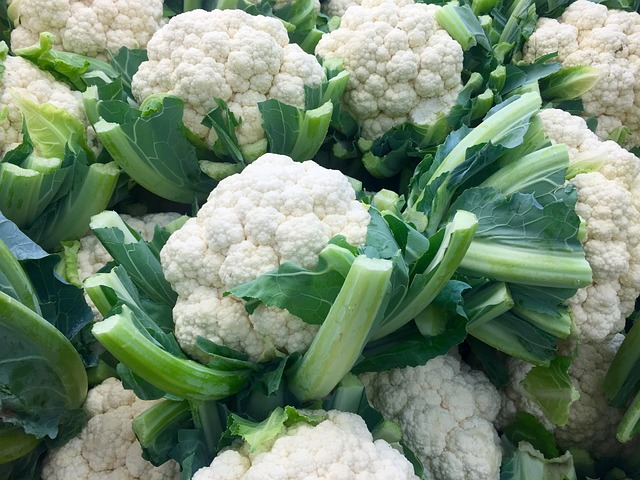
Preparing for Plantation
Success in the garden starts with preparation, and cauliflower is no exception. Before you sow a single seed, take the time to understand the soil makeup and nutrient profile that cauliflower demands. It prefers a soil pH between 6.5 to 6.8, and you’ll want to ensure good drainage while keeping the ability to retain moisture. Adding organic compost can improve soil structure and provide essential nutrients.
Next, consider timing. Cauliflower thrives in cooler weather and can be planted in early spring for a summer harvest or late summer for a fall crop. To get a jump on the season, you can start seeds indoors and transplant them to your garden when the conditions are right. Seedlings are usually ready to transplant three to four weeks after sowing, with four true leaves developed.
Carefully transplanting your seedlings is crucial for their success. Be gentle with the roots and plant them at the same depth they were growing in their pots or trays. Space them about 18 to 24 inches apart to give each plant ample room to grow. Ample spacing ensures good air circulation, which is key in preventing fungal diseases.
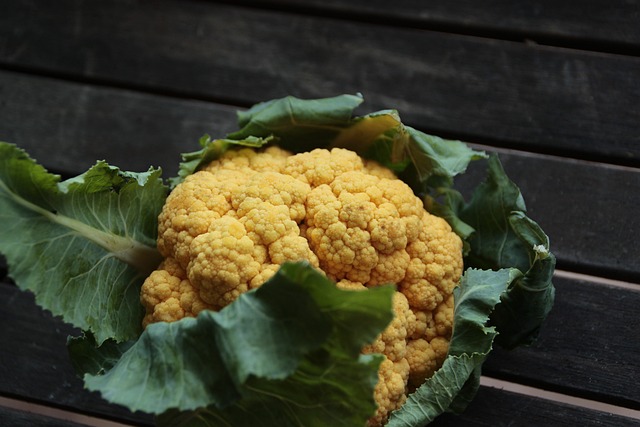
For more info on cauliflower head over here
Caring for Your Cauliflower Plants
Once you have your cauliflower seedlings firmly settled in the garden, it’s time to focus on their care. Regular watering is crucial, especially in the early stages of growth. Cauliflower plants prefer a steady supply of moisture but detest waterlogged soil. To strike the right balance, aim for consistent, even watering, and consider mulching to retain soil moisture.
In addition to watering, adequate nutrition plays a pivotal role in developing robust cauliflower plants. A balanced fertilizer, rich in nitrogen, is often necessary to foster leaf growth. However, as the plant matures, a shift toward a phosphorus and potassium-rich mix supports head development. Be cautious with nitrogen later in the growing season, as excess can lead to leafy growth at the expense of the cauliflower head.
Protecting your cauliflower from pests and diseases is another part of the equation. Common pests include aphids and cabbage worms, which can be managed through natural predators, organic insecticides, or protective netting. As for diseases, keeping your plants well-spaced to promote air circulation and using disease-resistant varieties can minimize risk.
Regular inspections of your plants can also thwart potential problems. Look for signs of yellowing leaves, stunted growth, or unusual spots on the leaves, as these can be warning signs of pest infestations or nutrient deficiencies. Addressing these issues early can make a significant difference in the health and yield of your cauliflower crop.
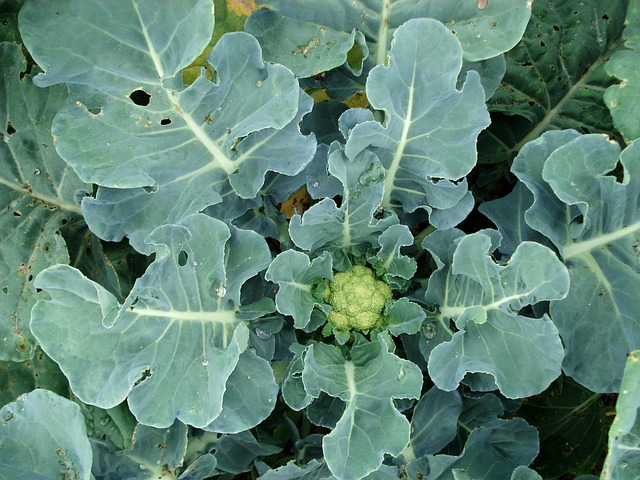
Harvesting and Storing Cauliflower
Knowing WHEN to pick your cauliflower heads is CRUCIAL to ensure you get to enjoy the fruits of your labor at their peak freshness. You want to look for heads that are firm and compact, usually measuring between 6 to 8 inches in diameter. Additionally, the curds of the cauliflower should be tightly closed.
Harvest your cauliflower by cutting the stem just below the head. Take care to leave some of the surrounding leaves to protect the head and preserve its freshness. It might tempt you to pull the entire plant out, but resist that urge; it is not necessary, and you might harm the plant.
Once you have harvested your cauliflower, cooling it quickly to a temperature of 32-40 degrees Fahrenheit slows down the deterioration process. This can be done by placing it in the fridge. For long-term storage, you can also blanch and freeze cauliflower, which retains most of its taste and nutritional value.
Remember, proper storage is key to enjoying your cauliflower beyond the immediate harvest. In the right conditions, your cauliflower can last anywhere from a few weeks to several months, granting you extended access to homegrown, quality produce for a good part of the year.
Follow to stay up to date with new posts!
Our website contains affiliate links. This means if you click and make a purchase, we may receive a small commission. Don’t worry, there’s no extra cost to you. It’s a simple way you can support our mission to bring you quality Gardening Tips.
Last Updated on February 12, 2025 by Mitch

